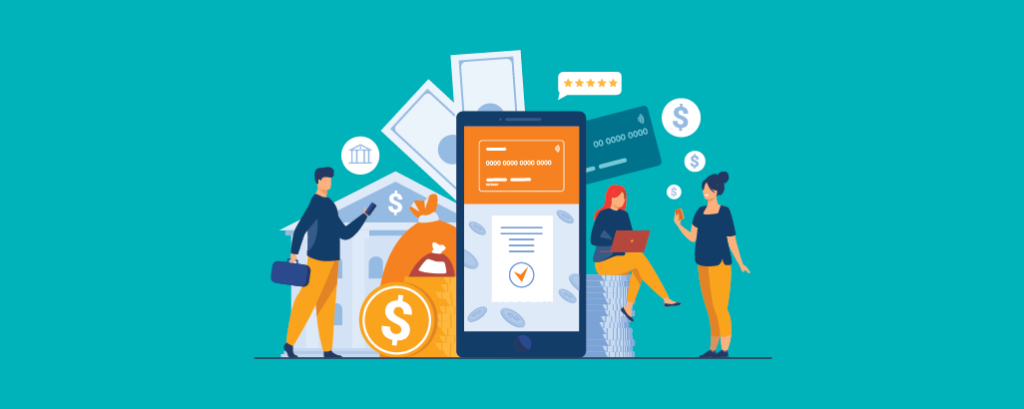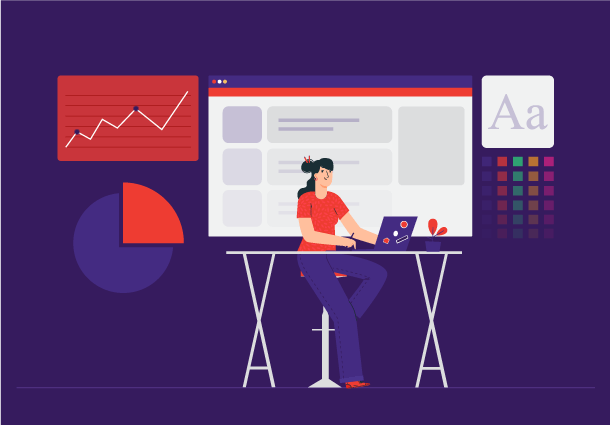Beyond Transactions: Crafting Seamless, Memorable Financial Interactions Through UX Design
Did you know that a reported 58% of all website banking content is too complex for the average consumer? User experience (UX) and user interface (UI) design can make or break your business. Get these right and the payoffs are large: a better consumer experience, increased trust and loyalty towards your brand, and a transformative impact on your bottom line. 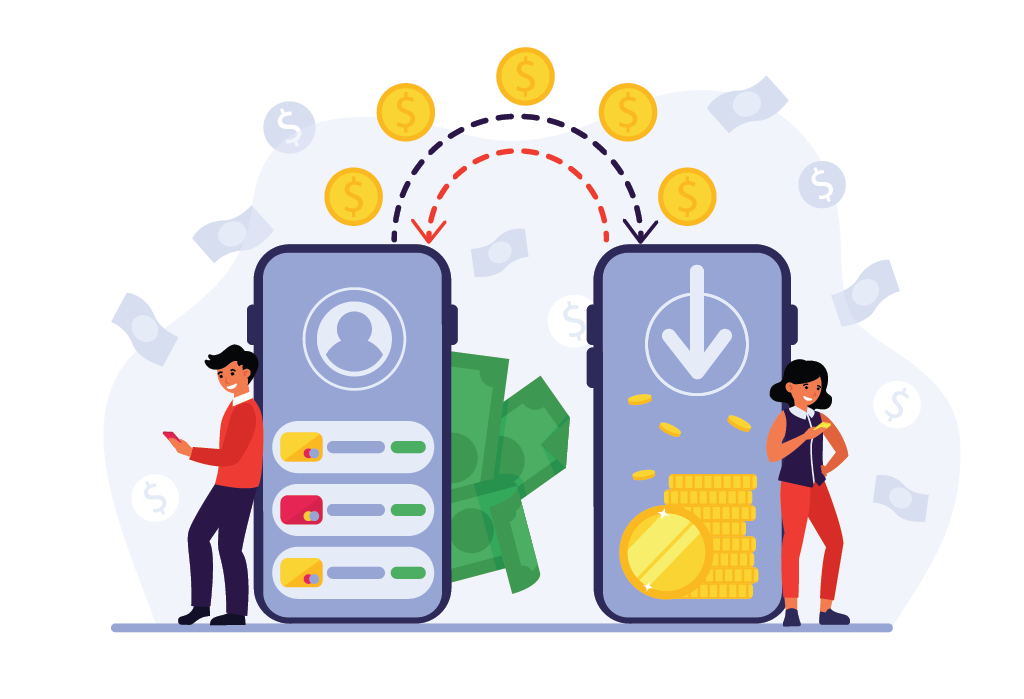 Many a thing like FinTech UX design involves the delicate fusion of financial expertise and user-centered design principles. Should you happen to ask your average UX designer to rank their favourite kinds of projects to work on, ‘digital financial services platform’ would probably not land in the top five. Perhaps, not even the top twenty, or even the top fifty.
Many a thing like FinTech UX design involves the delicate fusion of financial expertise and user-centered design principles. Should you happen to ask your average UX designer to rank their favourite kinds of projects to work on, ‘digital financial services platform’ would probably not land in the top five. Perhaps, not even the top twenty, or even the top fifty.
Most designers do not get particularly excited about studying federal banking regulations or accounting for the complex bureaucracy that often accompanies fintech platforms. When you take a group of creatives and force them to learn about the minutiae of compliance standards or the intricacies of tax audits, you start to see their eyes glaze over. Banking and finance have dwelled in an ivory tower throughout their history. While it didn’t shy away from adopting new tech, it was never a truly customer-friendly environment. The niche jargon and the complex mechanics of finance rarely provided for a satisfying experience. The advent of Fintech changed a lot. The digitization of banking forced this industry to play by modern tech and design rules. And it’s fair to say that it benefited greatly from it.
User-Centricity Takes Center Stage: Exploring the Essence of FinTech UX Design
As we are moving forward to the in-depth of the blog, let’s know more about UX/UI trends that is setting high bars for development in the financial sector, let’s take a look at some of the important features:
The highlighted UX/UI design fintech trends in the finance sector yield dual benefits for financial institutions and users alike. Personalization and streamlined onboarding enhance user engagement, while the mobile-first design ensures convenient access. Data visualization aids informed decisions, and biometric authentication bolsters security and convenience. AI-driven chatbots boost customer support efficiency, and gamification fosters better financial habits. The minimalist design promotes clarity, while voice interfaces and accessibility features cater to diverse user needs. Moreover, cryptocurrency interfaces meet evolving demands. These trends collectively elevate user satisfaction, promote secure interactions, and position financial institutions at the forefront of technological innovation.
1. Personalization and Customization: Financial institutions are increasingly focusing on providing personalized experiences to their users. This involves tailoring interfaces to individual preferences, offering relevant product recommendations, and adapting content based on user behavior and history.
2. Simplified Onboarding: The finance industry has been working to streamline the user onboarding process, making it quicker and easier for users to open accounts, apply for loans, or start investing. This trend involves reducing the number of steps and the amount of information required from the user.
3. Mobile-First Design: With the rise of mobile usage, finance companies have been placing a strong emphasis on mobile-first design. Interfaces need to be responsive and intuitive on various screen sizes, ensuring that users can seamlessly access their financial information and perform transactions on the go.
4. Data Visualization: Visualizing financial data in an understandable and actionable way is crucial. Interactive charts, graphs, and infographics help users grasp complex financial information quickly, aiding in making informed decisions. Interactive data visualization not only simplifies financial complexities but also empowers users to identify trends, allocate resources effectively, and chart a clearer path toward their financial goals.
5. Biometric Authentication: Security remains a top concern in the finance industry. Biometric authentication methods such as fingerprint recognition, facial recognition, and voice authentication are becoming more prevalent as they provide an additional layer of security and convenience for users.
6. Chatbots and AI Assistants: Chatbots and AI-powered virtual assistants are being used to provide instant customer support, answer basic queries, and guide users through financial processes. These tools enhance user engagement and provide real-time assistance.
7. Minimalist Design: Clean and minimalist design aesthetics are gaining popularity in the finance industry. Clutter-free interfaces with clear typography and simple navigation contribute to better user experiences and improved readability. This design approach not only enhances user engagement but also fosters a sense of trust and professionalism, reflecting the meticulous nature of financial services.
8. Gamification of Savings: To encourage better financial habits, some finance apps incorporate gamified elements. Users are rewarded for meeting savings goals or making responsible financial decisions, adding an element of fun and motivation.
9. Voice User Interfaces (VUIs): As voice-controlled devices become more prevalent, finance companies are exploring ways to integrate voice user interfaces. Users can perform tasks, check balances, and make transactions using voice commands. This integration not only simplifies user interactions but also offers a hands-free and convenient way for individuals to manage their finances, aligning with the evolving needs of a tech-savvy user base.
10. Accessibility: Ensuring that financial platforms are accessible to all users, including those with disabilities, is a growing concern. UX/UI designers are incorporating features like screen readers, high contrast modes, and keyboard navigation to improve accessibility.
Harmonizing Complexity: Crafting Seamless Experiences in FinTech UX Design
The realm of UX for FinTech is undergoing a transformative shift driven by the synergy of finance and technology, and at the heart of this evolution lies the art of FinTech UX design. In a world where financial transactions and services are seamlessly integrated with digital interfaces, creating a captivating and intuitive user experience is paramount. FinTech UX design involves the delicate fusion of financial expertise and user-centered design principles. Every tap, swipe, and click is orchestrated to simplify complex financial processes, empowering users with control over their financial destinies. This artistry is not just about aesthetics; it’s about translating intricate financial concepts into accessible visuals and interactions. Striking this balance requires a deep understanding of user behavior, coupled with 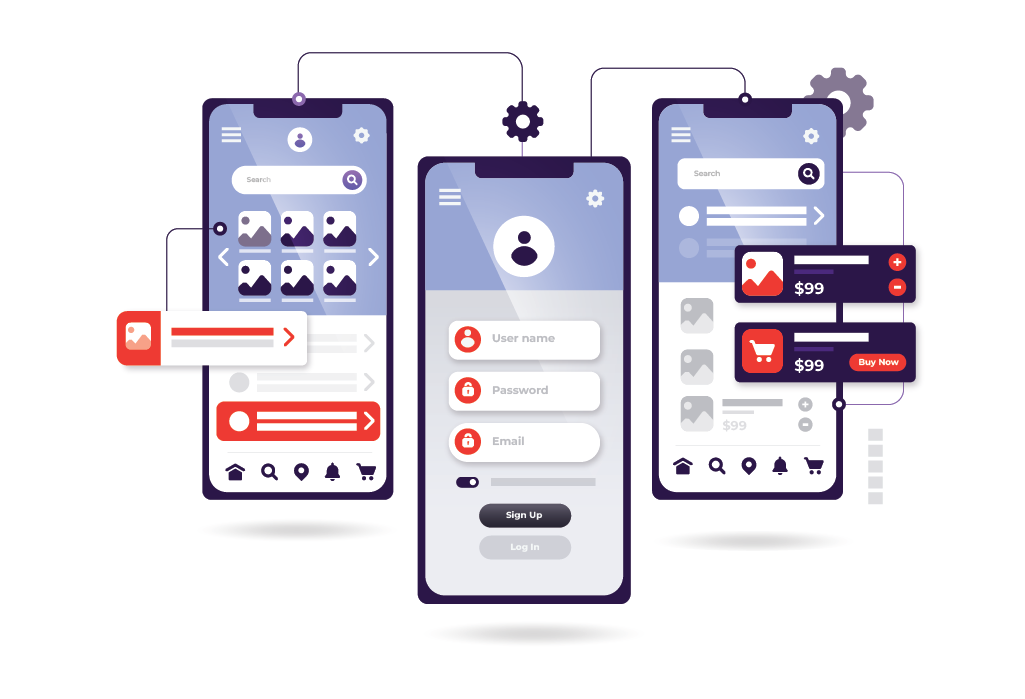 the ability to anticipate their needs. Personalization emerges as a hallmark of FinTech UX design, tailoring interfaces to cater to individual preferences, financial goals, and spending patterns. Seamless onboarding processes, another facet of this art, streamline the initial interaction, changing potential hurdles into inviting gateways. Moreover, the canvas of FinTech UX design extends beyond screens to security. Implementing biometric authentication and multi-factor verification paints a shield of confidence against digital threats, while also adding strokes of convenience to the user journey. Data visualization emerges as a brushstroke that simplifies intricate financial narratives. Interactive graphs and charts translate data into stories, enabling users to comprehend their financial landscapes effortlessly. Simultaneously, the minimalist strokes of design eliminate clutter, fostering clarity amidst complexity. The art of FinTech UX design flourishes through constant iteration. It thrives on user feedback, adapting its strokes to align with evolving preferences and emerging technologies. As FinTech continues to disrupt traditional financial paradigms, its design artistry will define how seamlessly individuals navigate the modern financial tapestry. In a world where ones and zeros orchestrate transactions, this art humanizes the digital realm, transforming transactions into interactions and interfaces into intuitive pathways towards financial well-being.
the ability to anticipate their needs. Personalization emerges as a hallmark of FinTech UX design, tailoring interfaces to cater to individual preferences, financial goals, and spending patterns. Seamless onboarding processes, another facet of this art, streamline the initial interaction, changing potential hurdles into inviting gateways. Moreover, the canvas of FinTech UX design extends beyond screens to security. Implementing biometric authentication and multi-factor verification paints a shield of confidence against digital threats, while also adding strokes of convenience to the user journey. Data visualization emerges as a brushstroke that simplifies intricate financial narratives. Interactive graphs and charts translate data into stories, enabling users to comprehend their financial landscapes effortlessly. Simultaneously, the minimalist strokes of design eliminate clutter, fostering clarity amidst complexity. The art of FinTech UX design flourishes through constant iteration. It thrives on user feedback, adapting its strokes to align with evolving preferences and emerging technologies. As FinTech continues to disrupt traditional financial paradigms, its design artistry will define how seamlessly individuals navigate the modern financial tapestry. In a world where ones and zeros orchestrate transactions, this art humanizes the digital realm, transforming transactions into interactions and interfaces into intuitive pathways towards financial well-being.
Final Flourish: The Epitome of UX/UI Innovation in the Financial Sphere
In the intricate landscape where finance intersects with technology, the art of FinTech UX design emerges as a powerful conduit, translating complexity into simplicity, and transactions into meaningful interactions. This artistry extends beyond mere aesthetics; it’s about bridging the gap between financial sophistication and user-centered design, creating experiences that empower and resonate. As the FinTech revolution continues to reshape the financial sector, the significance of FinTech UX design cannot be overstated. It’s a bridge that connects users to financial services with ease, enhances security through innovative authentication methods, and distills data into visual narratives that empower informed decision-making. 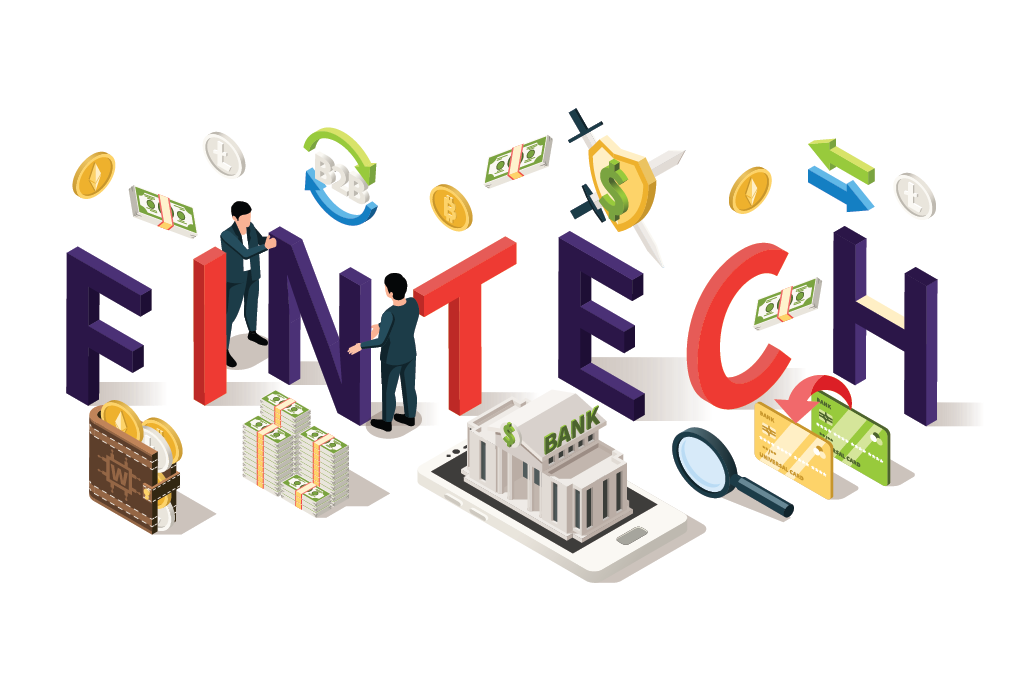 In a world where technology is the medium of financial engagement, this artistry humanizes the digital experience, making it accessible and intuitive.
In a world where technology is the medium of financial engagement, this artistry humanizes the digital experience, making it accessible and intuitive.
We, as a design studio, play a pivotal role in this narrative. With expertise in both technology and design, such a company brings forth the tools to actualize the vision of FinTech UX design. Their multidisciplinary teams of designers, developers, and domain experts collaborate to sculpt interfaces that seamlessly combine financial complexity with user simplicity. They listen, iterate, and refine, ensuring that the end product harmonizes innovation with user expectations. In a zestful landscape where customer preferences and technological trends evolve swiftly, a software product development company navigates this flux. They stay attuned to market shifts, emerging technologies, and changing user behaviors, ensuring that the FinTech UX design remains a vibrant canvas that adapts to the times.
In conclusion, the art of FinTech UX design is the alchemy that transforms technology into a conduit of financial empowerment. Its strokes enhance accessibility, convenience, and security, bringing financial services closer to users’ fingertips. At Pattem Digital, as a user experience design company, we are a dynamic fusion of creativity and technology. As a design studio, we craft captivating visual narratives that breathe life into brands. Simultaneously, as a software product development company, we harness cutting-edge technology to transform ideas into fully functional digital solutions. Whether it’s creating captivating designs or engineering innovative software, we seamlessly blend art and technology to bring your visions to life.
